Types of sharks and fish in Naples and Marco Island
Blacktip Shark
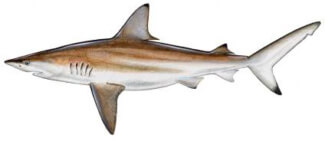
Blacktips often come inshore in large schools, particularly in association with Spanish mackerel. Frequently the most common shark in clear-water cuts and along beaches in Florida and Bahamas.
Bonnethead Shark
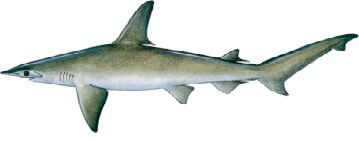
Bonnethead sharks are an inshore species found in bays and estuaries. These sharks mature at about 3 feet in length and bear 6 to 12 young at one time. They feed chiefly on crabs and other crustaceans. Bonnethead sharks are an inshore species found in bays and estuaries.
Scalloped Hammerhead Shark

The scalloped hammerhead shark is found both offshore and inshore. They are predatory fish and they feeding mainly on fish, squid, and stingrays. Males mature at about 6 feet in length.
Snook
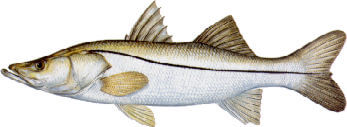
Snook are found from central Florida south, usually inshore in coastal and brackish waters. They are also common along mangrove shorelines, seawalls, and bridges. Snook are also on reefs and around pilings near shore.
Tarpon
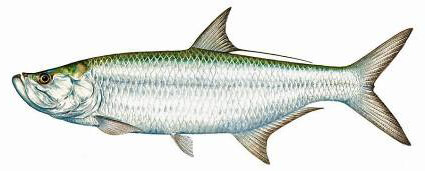
Tarpon are primarily inshore fish, preferring shallow estuaries around mangrove forests, salt marshes or hard-bottom/seagrass communities of the Keys. They tolerate a wide salinity range, and as juveniles, enter fresh waters.
Pompano

Florida pompano are common in inshore and nearshore waters, especially along sandy beaches, along oyster banks, and over grass beds. They are often in turbid water and may be found in water as deep as 130 feet.
Black Grouper
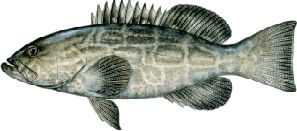
Black grouper spawn between May and August and they are protogynous hermaphrodites, meaning that young predominantly female who transform into males as they grow larger. Larger individuals of this species are generally found in greater depths and they feed on fish and squid.
Gag Grouper
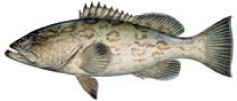
Grouper are born as females but can later become male. Gag and red grouper are the most widely distributed of the Florida groupers. Goliath and Nassau grouper are protected from harvest in Florida waters. Grouper spawn between January and May with some of the most tropical species spawning year-round.
Yellowfin Grouper
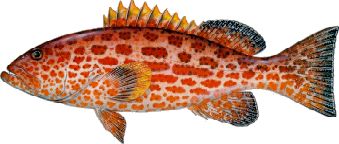
Undergoes sex reversal from female to male in latter part of life; specific name translates to “venomous,” alluding to the fact that this fish, perhaps more frequently than other groupers, is associated with ciguatera poisoning; feeds on fish and squid.
Atlantic Croaker
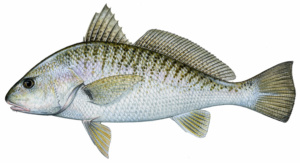
The Atlantic croaker inhabits deep offshore waters during the winter months and moves into bays and estuaries during the spring, summer and fall.
Black Drum
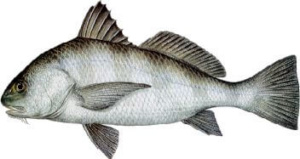
The largest member of the drum family, black drum spawn near shore in the winter and early spring. They feed on oysters, mussels, crabs, shrimp and occasionally fish. Black drum may live to 35 or more years.
Red Drum

Redfish are prodigious spawners that produce tens of millions of eggs. Spawning season is from about August through December, in passes, inlets and lagoon estuaries around the state. During spawning season, redfish use special muscles rubbing against their air bladder to produce a “drumming” sound for which they are named.



